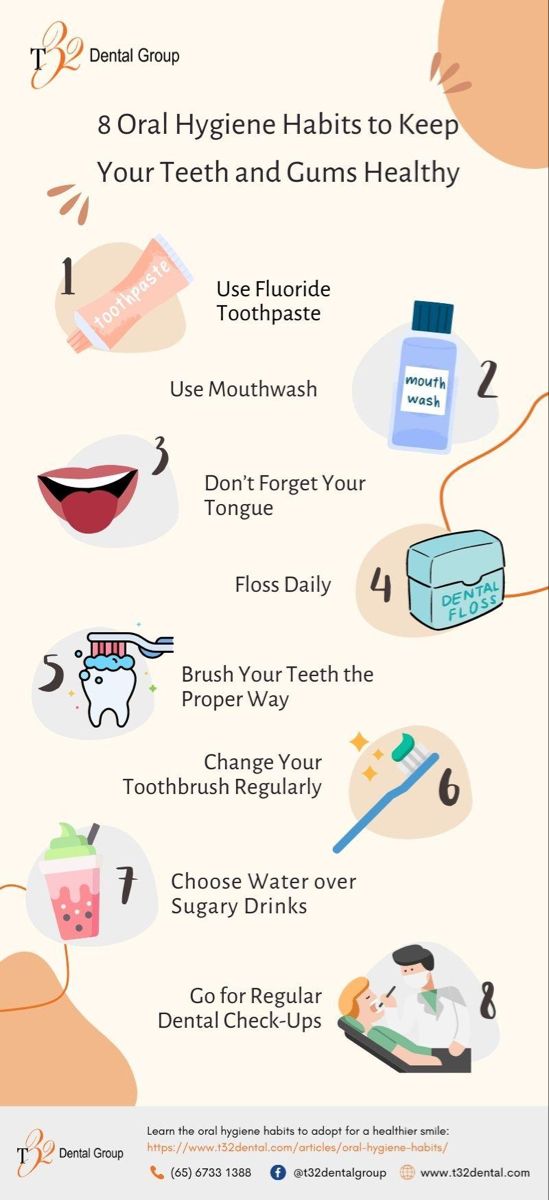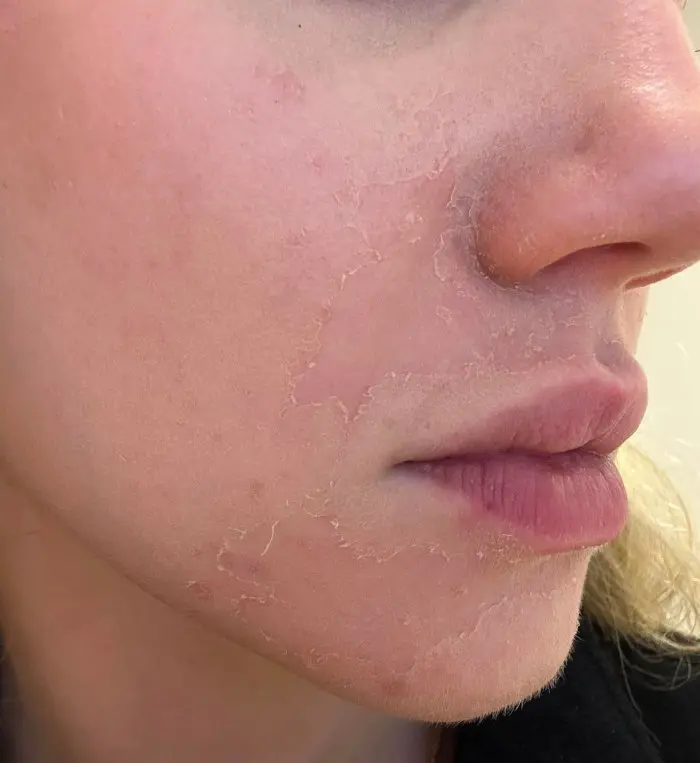Posterior Teeth Care: Healthy Smile Tips

As we go about our daily lives, it’s easy to overlook the importance of caring for our posterior teeth. However, these teeth play a vital role in our overall oral health and are essential for maintaining a healthy, beautiful smile. In this article, we’ll delve into the world of posterior teeth care, exploring the best practices for keeping these teeth strong, healthy, and looking their best.
Why Posterior Teeth Care Matters

Posterior teeth, also known as molars and premolars, are located in the back of the mouth and are responsible for grinding and crushing food. Due to their location, they can be more challenging to clean and care for than anterior teeth (front teeth). However, neglecting posterior teeth care can lead to a range of issues, including tooth decay, gum disease, and even tooth loss.
According to the American Dental Association (ADA), posterior teeth are more prone to decay due to their complex structure and the fact that they are often harder to clean. In fact, a study published in the Journal of Dental Research found that molars are more than twice as likely to develop decay as anterior teeth.
Best Practices for Posterior Teeth Care
So, how can you ensure your posterior teeth receive the care they need? Here are some best practices to follow:
- Brushing: Use a soft-bristled toothbrush and fluoride toothpaste to gently brush your posterior teeth at least twice a day. Pay special attention to the chewing surfaces and the areas where your teeth and gums meet.
- Flossing: Flossing is essential for removing food particles and plaque from between your posterior teeth and beneath your gumline. Use a long piece of floss and wrap it around your middle fingers, leaving about an inch or two of floss in between. Gently slide the floss between your teeth, curving it around the edge of each tooth in a “C” shape.
- Interdental cleaning: In addition to flossing, consider using an interdental cleaner (such as a dental pick or interdental brush) to remove food particles and plaque from between your posterior teeth.
- Regular dental check-ups: Regular dental check-ups are essential for maintaining good oral health. Your dentist can help identify any issues with your posterior teeth and provide personalized recommendations for care.
| Posterior Teeth Care Tips | Benefits |
|---|---|
| Brushing | Removes plaque and bacteria, helps prevent tooth decay |
| Flossing | Removes food particles and plaque from between teeth and beneath gumline |
| Interdental cleaning | Removes food particles and plaque from between teeth, helps prevent gum disease |
| Regular dental check-ups | Helps identify issues early, provides personalized recommendations for care |

Common Issues with Posterior Teeth

While following best practices for posterior teeth care can help prevent issues, it’s still possible for problems to arise. Here are some common issues that can affect posterior teeth:
- Tooth decay: Tooth decay (caries) is a bacterial infection that causes demineralization of tooth enamel. If left untreated, decay can progress through the enamel and into the dentin, potentially leading to pain, infection, and even tooth loss.
- Gum disease: Gum disease (periodontal disease) is a chronic infection of the gums and bone that support the teeth. If left untreated, gum disease can lead to inflammation, pain, and even tooth loss.
- Cracked teeth: Cracked teeth can occur due to a range of factors, including teeth grinding, trauma, or biting down on something hard. If left untreated, cracked teeth can lead to pain, infection, and even tooth loss.
Conclusion
Posterior teeth care is an essential part of maintaining good oral health. By following best practices, such as brushing, flossing, and interdental cleaning, and visiting your dentist regularly, you can help prevent a range of issues and keep your posterior teeth strong, healthy, and looking their best. Remember, a healthy smile is just a few simple steps away!
What are the best practices for posterior teeth care?
+Best practices for posterior teeth care include brushing, flossing, interdental cleaning, and regular dental check-ups. It’s also important to use a soft-bristled toothbrush and fluoride toothpaste, and to pay special attention to the chewing surfaces and areas where your teeth and gums meet.
Why are posterior teeth more prone to decay?
+Posterior teeth are more prone to decay due to their complex structure and the fact that they are often harder to clean. The ADA recommends paying special attention to posterior teeth when brushing and flossing, and visiting your dentist regularly for check-ups and cleanings.
How can I prevent gum disease in my posterior teeth?
+To prevent gum disease in your posterior teeth, it’s essential to practice good oral hygiene, including brushing, flossing, and interdental cleaning. You should also visit your dentist regularly for check-ups and cleanings, and avoid smoking and tobacco products, which can increase your risk of gum disease.
